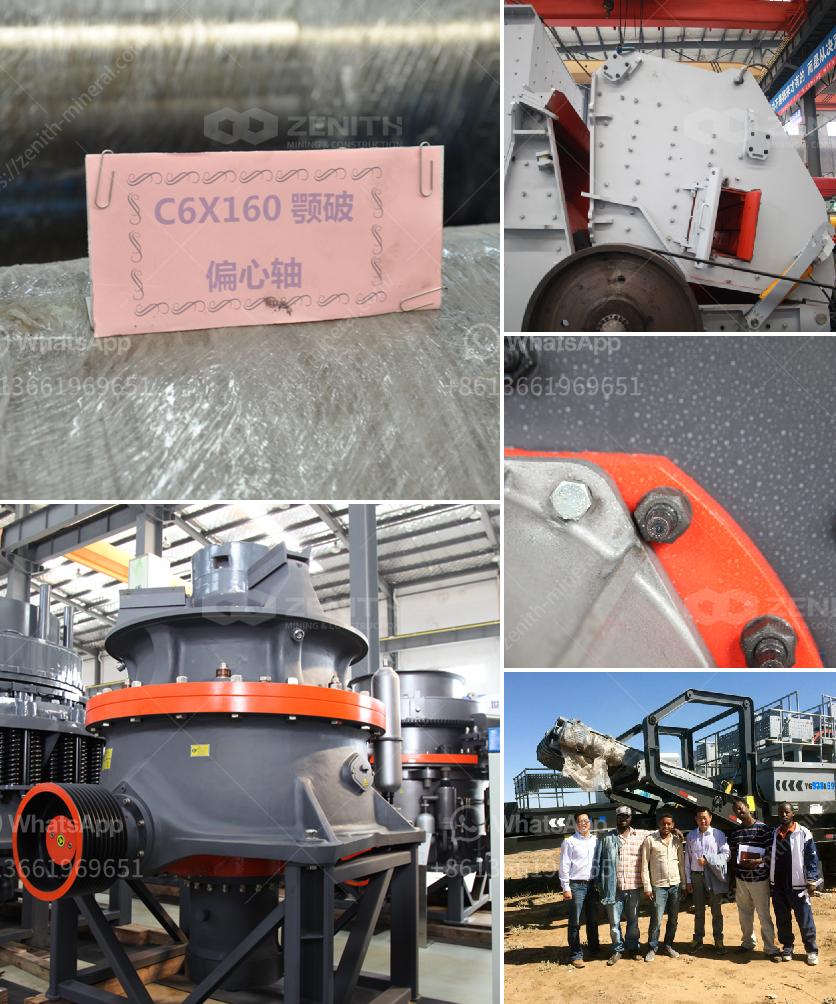A raw mill in a cement plant is an essential piece of equipment that grinds raw materials into the fine powder needed for cement production. Here’s a simple breakdown of how it works:
Raw Material Intake: Raw materials like limestone, clay, and shale are brought to the plant and stored in large stockpiles.
Grinding: These raw materials are then fed into the raw mill. The mill typically consists of a large rotating cylinder filled with steel balls or vertical rollers. As the cylinder or rollers move, they crush and grind the raw materials into the fine powder.
Drying (If Necessary): If the raw materials contain significant moisture, they might need to be dried before or during the grinding process. Some mills are equipped with a drying chamber where hot gases (from the kiln or other sources) are used to remove moisture.
Separation: The fine powder is then separated from the larger particles using a separator or classifier. The finer particles move on to the next stage of the process, while the larger particles are returned to the mill for further grinding.
Transport: The fine powder, now called raw meal, is transported to homogenization silos where it’s thoroughly mixed and stored before being fed into the kiln.
The raw mill is crucial because the consistency and fineness of the raw meal impact the final quality and efficiency of the cement production process.
